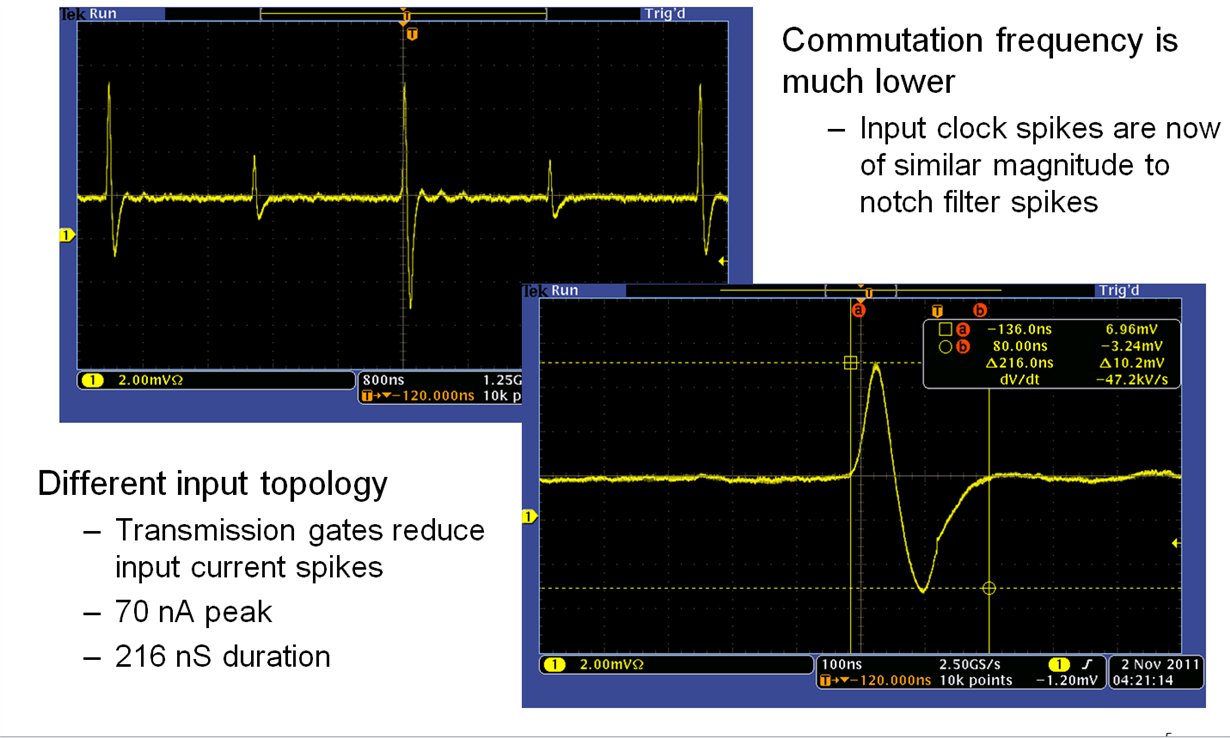Hello,
just trying to sort out an error budget with a circuit using OPA333 and not entirely sure on this point. Using max values at room temperature given in the datasheet, input bias current is +/-200pA and input offset current is +/-400pA.
As I understand these definitions, this means the average of the two input currents can be anywhere in the range -200pA to +200pA and the difference can be anywhere in the range +/-400pA. So in the most extreme case, one of the currents could be zero and the other at 400pA (or -400pA).
I'm curious because I as playing around with the spice model and generally it shows one input around 70pA and the other around -70pA with some variation with common mode voltage. The datasheet shows typical bias current of +/-70pA giving an average value of just a few pA. Indeed figure 7 of the datasheet shows something similar.
So, am I understanding the definitions correctly in terms of this amplifier's specification? If the average of the two will be much closer to zero than I'm anticipating, it makes quite a difference.
Thanks,
Gordon.


